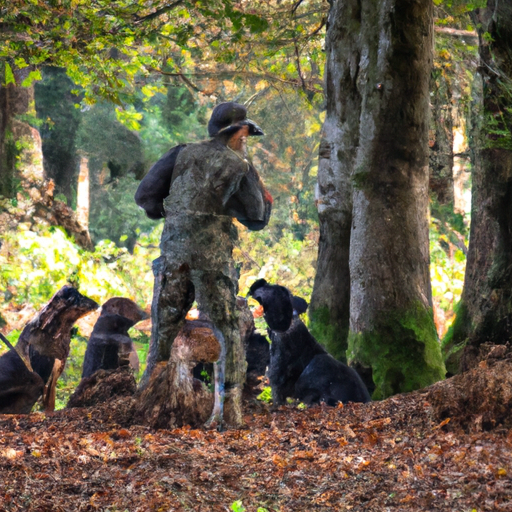Training a hunting dog is an art. It’s a delicate dance between you and your canine companion, a symphony of commands, rewards, and discipline. It’s important to understand that training a hunting dog is not just about teaching them to follow orders, but about helping them develop their own instincts and problem-solving skills.
H2: Understanding the Basics of Hunting Dog Training
When training a hunting dog, it’s essential to start with the fundamentals. The first step is understanding your dog’s breed and its natural hunting instincts. For example, a retriever will have a different approach to hunting than a pointer.
- Retrieve breeds are born with a natural instinct to fetch and bring back.
- Pointers, on the other hand, will naturally stop and point at game.
Understanding these natural instincts will help shape your training approach.
Table: Common Hunting Dog Breeds and Their Instincts
| Breed | Instinct |
|---|---|
| Retriever | Fetch and bring back |
| Pointer | Stop and point at game |
| Spaniel | Flushing out game |
| Terrier | Digging and burrowing |
H2: Training Techniques for Hunting Dogs
There are several techniques you can use when training a hunting dog. These techniques have been tested and proven to work, but remember, every dog is unique.
- Positive Reinforcement: This technique revolves around rewarding your dog for good behavior.
- Clicker Training: This method uses a device that makes a distinct sound to mark when a dog has performed a desired behavior.
- E-collar Training: This is a more advanced technique that uses a remote-controlled collar to provide a small shock or vibration when the dog performs undesired behavior.
H2: The Importance of Consistency in Training
Consistency is key when training a hunting dog. You must be consistent in your commands, your rewards, and your discipline. This consistency will help your dog understand what is expected of them and will speed up the training process.
H2: Troubleshooting Common Issues in Hunting Dog Training
Even with the best training techniques, you may encounter some issues. Here are a few common issues and how to address them:
- Issue: Your dog is not responding to commands.
- Solution: Try different reward types or adjust the tone of your command.
- Issue: Your dog is showing fear or anxiety during training.
- Solution: Slow down the training pace and ensure a comfortable environment for your dog.
H2: Frequently Asked Questions (FAQ)
Q: How long does it take to train a hunting dog?
A: It depends on the dog and the training techniques used. On average, it can take anywhere from 6 months to 2 years.
Q: Can any dog breed be trained to hunt?
A: While any dog can be trained to follow commands, certain breeds have natural hunting instincts that make them better suited for hunting.
Q: Should I use a professional trainer or can I do it myself?
A: Both options have their pros and cons. Professional trainers can be expensive, but they often have years of experience. Training your dog yourself can be a rewarding experience, but it requires a lot of patience and consistency.
By understanding your dog, using the right techniques, being consistent, and troubleshooting any issues, you’re well on your way to having a well-trained hunting dog. Remember, training is not just about obedience, it’s about fostering a bond between you and your dog. Happy training!



